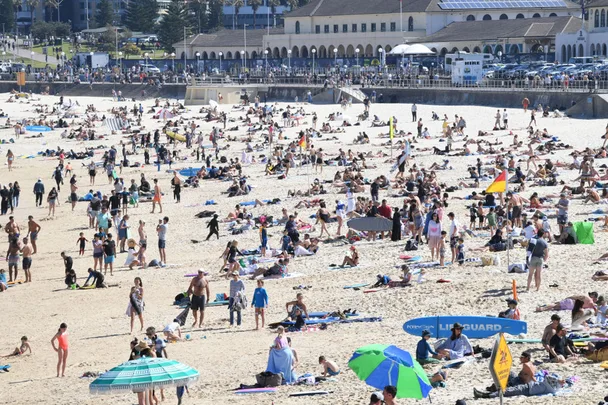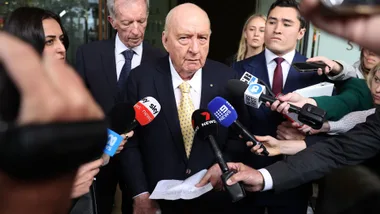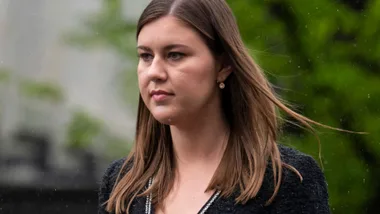As Victoria continues its stage four lockdown amid a surge in COVID-19 cases, Prime Minister Scott Morrison is expected to again urge states and territories to relax border restrictions in a national cabinet meeting later this week.
It’s expected a new ‘traffic light’ system, currently being used in Denmark, could be put in place to help reopen areas currently in lockdown, and help ease businesses and workplaces into transition phases.
Below, we breakdown what exactly that means.
What Is The ‘Traffic Light’ System?
The traffic light system uses three colour-coded alerts to indicate whether a region is open to the public without restrictions. UNSW epidemiologist Mary-Louise McLaws first proposed the model after the SARS outbreak of 2003, when she was reviewing the response to the Beijing outbreak.
Currently in Denmark, a region is considered “green” and “safe” if there are fewer than just 20 cases per 100,000 inhabitants over a week.
A region will become “orange” or “critical” when more than 20 people per 100,000 contract COVID-19 in a week period.
If that number of infected people rises higher, the area shifts into “red” which means a lockdown comes into effect.
Could This System Work In Australia?
Prime Minister Scott Morrison will urge states and territories to reconsider border closures at a national cabinet meeting later this week. “We must not allow this crisis, this pandemic, to force us to retreat into provincialism — that’s not the answer,” he said on Friday. “If you impose a border, you can’t help but cause problems. That’s why we got rid of them in the first place.”
A clear agreement between the states and territories on what constitutes a “hotspot” is to be determined, but it comes as Queensland Premier Annastacia Palaszczuk stated borders will remain closed throughout September for the state.
Dr Peter Collignon, the Australian National University’s infectious disease expert, spoke of the traffic light system’s potential to the Canberra Times: “I personally think this is what we have to do. This is going to go on for the next year or two at least. We need to have some sort of objective criteria we use, which will invariably change over time, so that we can make it as safe as reasonable without having too many restrictions.”
However, some have expressed concerns over its effectiveness. “Unlike Melbourne’s current six-week lockdown, under the traffic-light system restriction levels could change more regularly depending on the number of cases,” Associate Professor Erin Smith wrote in The Conversation. “This could potentially result in confusion among the public regarding what each colour actually means.”










